Porsche Cayenne Turbo (958 Facelift) Test Drive Review
公開日:2019.09.10
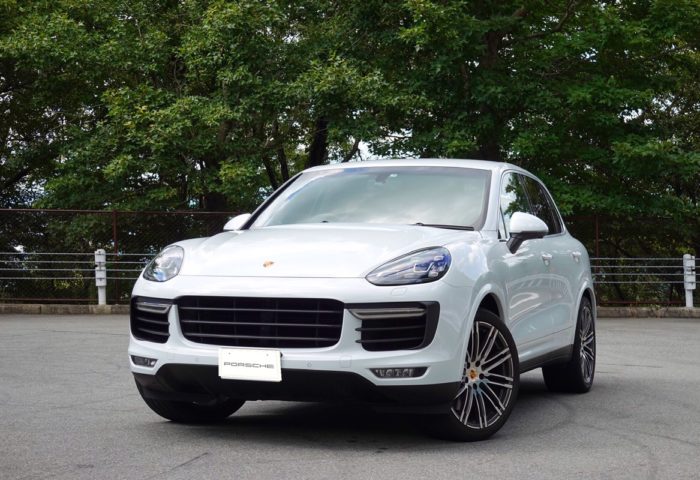
Cayenne Review by a Porsche-Driving Husband
Engine Sound / Torque Converter AT
Since my husband has driven the new base model Cayenne before, he’ll compare that impression with the current Panamera Turbo he owns and also with the Macan Turbo his brother used to drive.
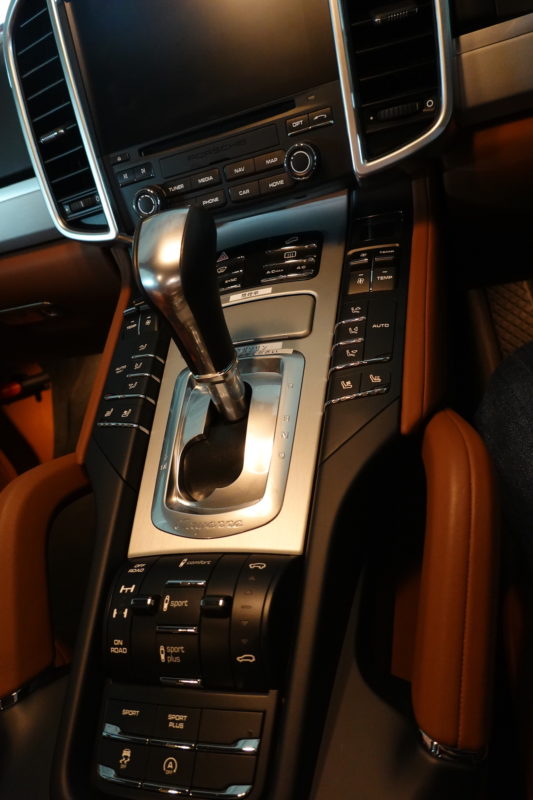
It was his first time in the 958 Cayenne, and inside he found a massive center console similar to the 970 Panamera’s. There are many buttons for air conditioning, ride height adjustment, suspension, engine settings, and more, giving a strong mechanical and tool-like feel.
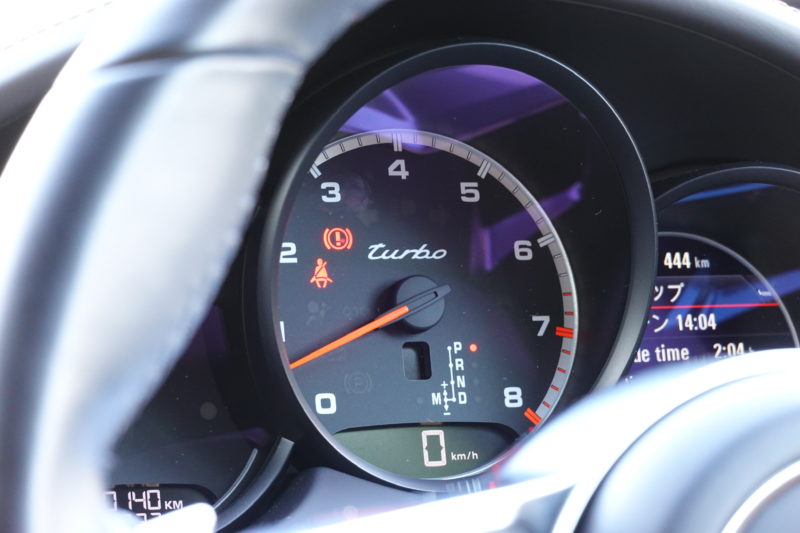
The engine wakes up relatively quietly for a Porsche, but compared to ordinary cars, it’s clearly louder. Lightly revving the engine, it moves smoothly and nimbly despite weighing over 2.2 tons.
However, this nimbleness feels a bit different from the new Cayenne’s. The new model accelerates more smoothly and cleanly, but this Cayenne also feels light on its feet despite its weight, though in a different way. It gives the impression of “a massive power source effortlessly moving a huge body.”
When driving slowly, you can sense some SUV-like qualities. With the suspension set to Comfort and normal ride height, it absorbs large road undulations and bumps with a gentle sway of the suspension and body.
In the city, the accelerator and steering feel somewhat light, even lighter than the 970 Panamera. Also, the Cayenne traditionally uses a torque converter automatic Tiptronic S transmission instead of PDK, making it very easy to drive in urban settings. I heard that the Cayenne’s design considers serious off-road driving and towing, which is why Tiptronic is deliberately used.
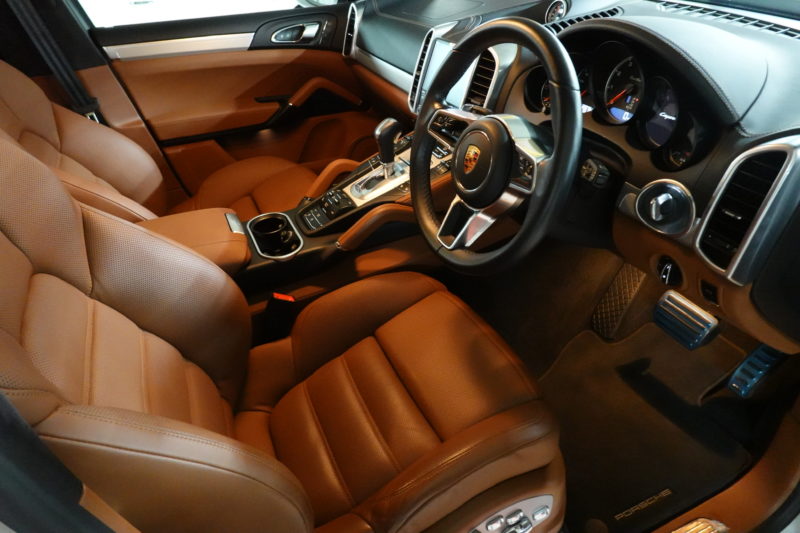
The Panamera uses PDK, so although gear shifts are almost seamless, the tachometer needle drops sharply with each shift, and you can clearly feel the gears switching crisply. Because of this, you tend to unconsciously pay attention to “what gear you’re in?” as well as engine sound and RPM.
On the other hand, the Cayenne hardly makes you aware of such things. The shifts are smoother and more seamless, so you don’t think about gear or RPM at all. You just press the accelerator on or off, and that’s enough for city driving, overtaking, and speed changes with just your right foot’s intention. You could say the new Cayenne refines this ease even further.
Ride Comfort
Ride comfort is hard to describe because there are many combinations of ride height and chassis settings.
Overall, it picks up rough bumps with some noise but smooths out shocks well, so it’s not unpleasant. Also, the impression differs slightly between the driver’s and passenger’s seats.
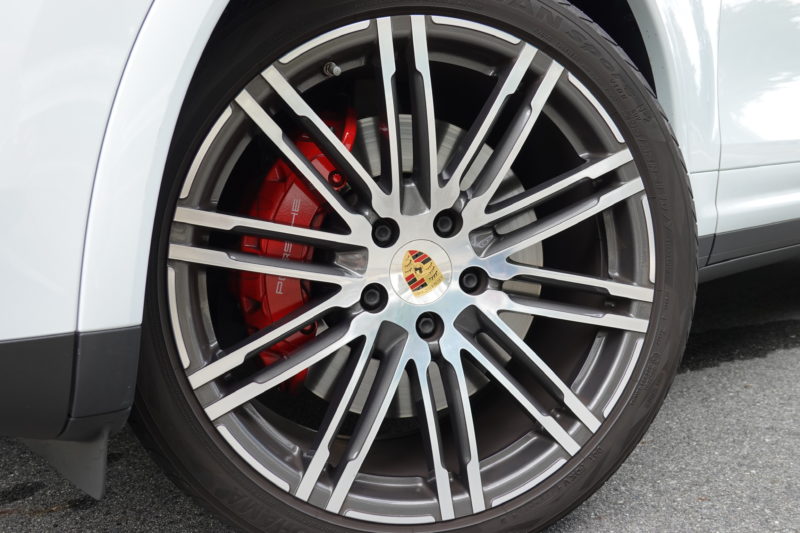
The driver’s seat feels more comfortable, while the passenger seat feels a bit more prone to vibrations. You might imagine it as “riding in a car with slightly higher tire pressure.” This particular car had standard tire pressure, so lowering it to comfort pressure might change the impression somewhat.
Probably, people who prefer Mercedes GL or GLS might find it a bit stiff. Personally, I liked the combination of “lowering the ride height one step and setting the chassis to Sport for the flattest, most Porsche-like feel.”
Highway Driving
We tested acceleration from the tollgate on the highway. The Panamera Turbo feels faster in absolute terms, but the Cayenne’s acceleration is still incredible. The Panamera Turbo feels like the rear sinks down with acceleration, similar to a 911, but the Cayenne feels like its entire body is powerfully pushed forward by all four tires.
Also, because it’s Tiptronic, it absorbs torque fluctuations well and provides a long-lasting acceleration sensation.
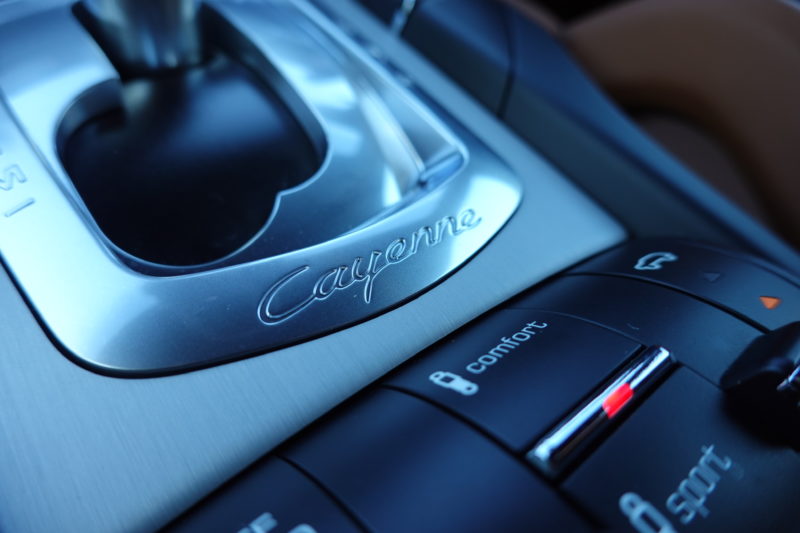
The engine’s typical recent V8 rumble is subdued, and it sounds more like a continuous V6. The mid-range power delivery is impressive, and the first impression is “it revs very smoothly.” This might be partly because the engine sound is less throaty. We didn’t test high RPMs, but with this much power, there’s no need to rev that high. Torque is abundant from low speeds, and a slight press on the accelerator quickly builds speed.
The new Panamera’s 4L V8 with PDK and Tiptronic makes direct comparison difficult, but from impressions, the Panamera Turbo’s V8 feels a bit firmer in its revving and more condensed in power. The Cayenne’s V8 feels lighter in revving and seems to gain power through RPMs.
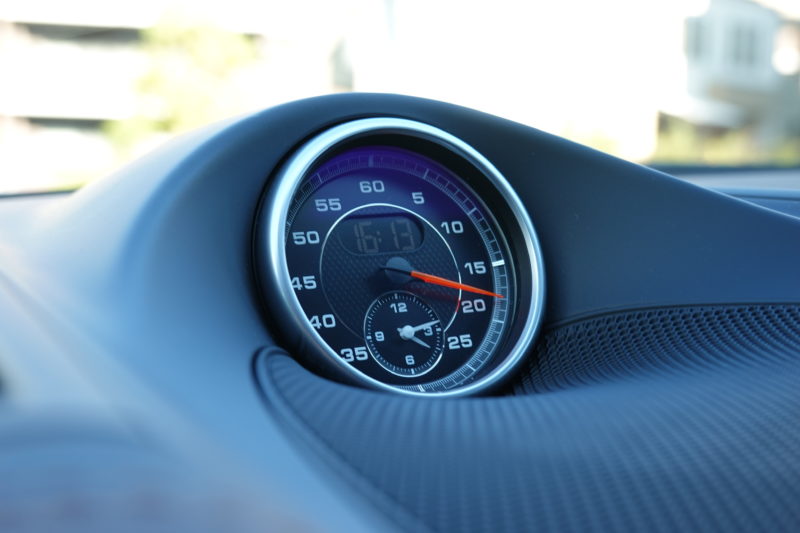
Of course, there’s no stability concern on the highway. Lowering the ride height improves stability further, and it handles any curve with ease. It’s reassuring for long family tours spanning hundreds of kilometers. The earlier Macan Turbo also has excellent driving performance but is tuned lighter, while this Cayenne feels more substantial.
Personally, I’d describe it like this:
← Heaviness: 958 Cayenne > Early Macan ≧ New Cayenne : Lightness →
Winding Road Driving
When it comes to winding roads, as expected of Porsche, it’s best to experience it yourself rather than just reading my words. If you want a sporty SUV, you absolutely must test drive the Cayenne or Macan.
Once you experience these and have this benchmark, you’ll appreciate how different they are from other brands.
Driving with the chassis set to Comfort feels like “Wow, this SUV turns well.” But once you press the Sport or Sport Plus button, it’s “What is this? Amazing!” Of course, the center of gravity is higher than a 911 or Panamera, so it’s not the same cornering speed, but the way it turns, responds, and stays stable is comparable.
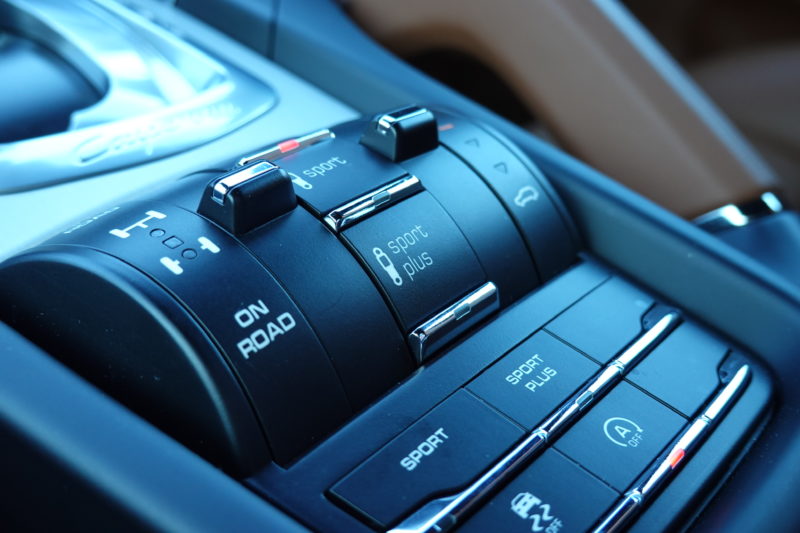
The sporty feel isn’t just from quick steering; it’s the perfect balance of a slight “looseness” and “play” that lets the driver feel confident and in control. This is the “Porsche character” common to all models.
I think this is the result of carefully calculated factors like engine mounts, suspension damping, tire toe and camber angles, and steering support rigidity. I’m surprised that even someone who drives GT3s and 911s daily doesn’t feel disappointed driving the Cayenne on winding roads.
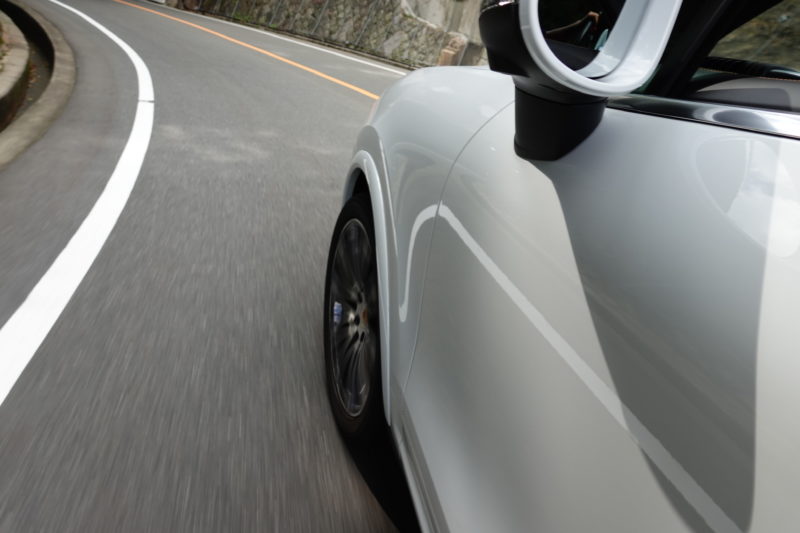
Fuel Economy
As for fuel economy, on my usual commute route (about 25 km, roughly 60% urban expressway, 40% local roads), the onboard computer showed 7.2 km/L. I did briefly test acceleration but mostly followed traffic flow with idling stop on.
For comparison, the same route in the Panamera Turbo gets about 8.5–10 km/L, and the GT3 about 6.5–7.5 km/L. So the difference isn’t huge; the Cayenne’s larger displacement accounts for the slightly lower figure. Considering the size, power, and fuel economy, I think this is acceptable.
Overall Impression of the Cayenne (958)
Choosing the Cayenne over other SUVs means you value driving performance above all else, and I highly recommend it to those who seek that.
This Cayenne is the 958 facelift model, known as 958.2, and at the time of writing, the used car market price is mostly around 9 to 10 million yen. Like other Porsche Turbo models, its depreciation from new is somewhat larger than other grades. However, getting such a high-performance car at this price used is a great deal.
If you’re considering a luxury SUV around 10 million yen, I suggest adding a used 958 Cayenne to your list of options.
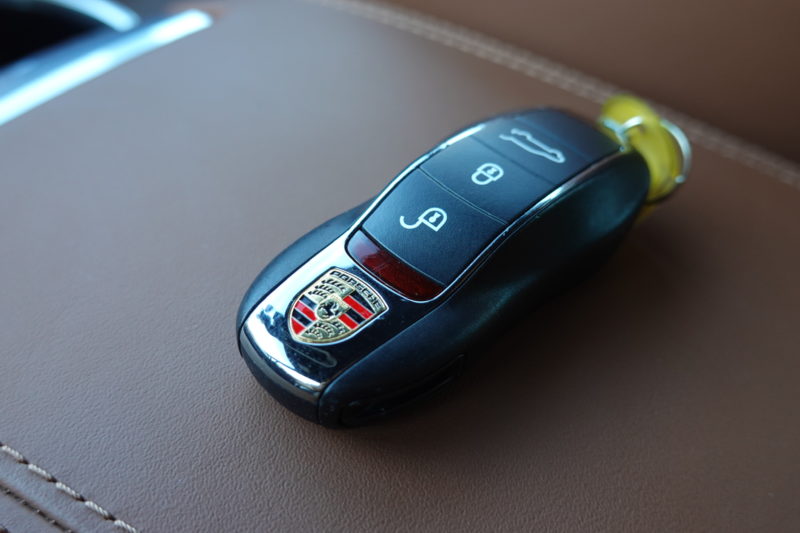
このブログが気に入ったらフォローしてね!


Comment ( 0 )
Trackbacks are closed.
No comments yet.